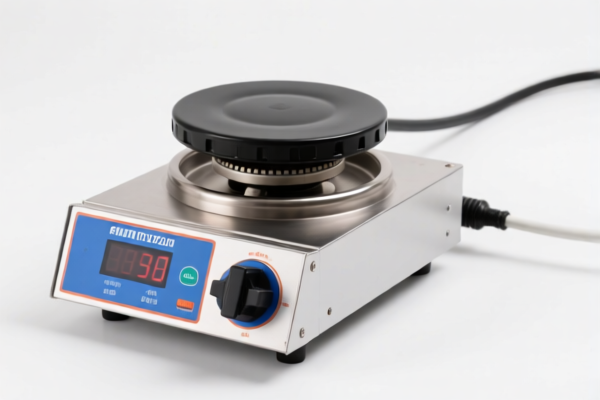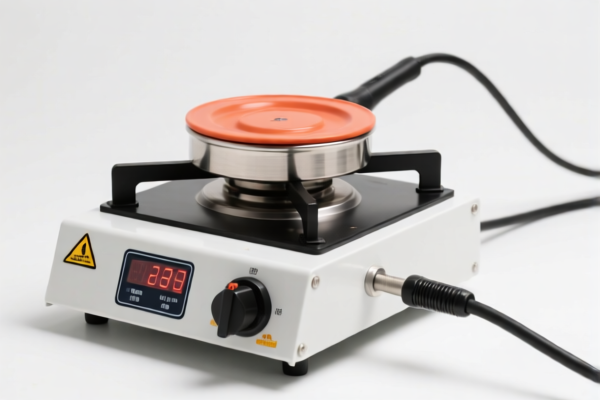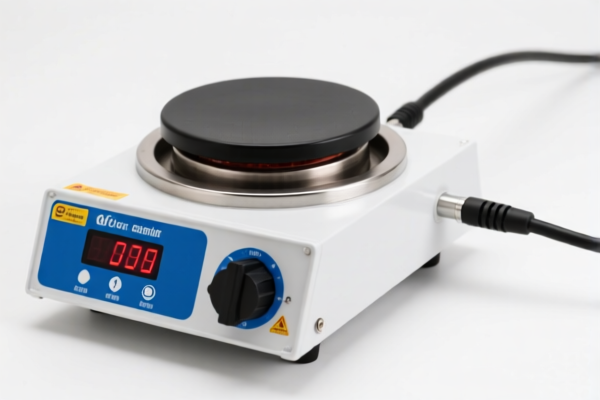| HS Code | Official Doc | Tariff Rate | Origin | Destination | Effective Date |
|---|---|---|---|---|---|
| 9025112000 | Doc | 30.0% | CN | US | 2025-05-12 |
| 9025114000 | Doc | 30.0% | CN | US | 2025-05-12 |
| 3926904800 | Doc | 33.4% | CN | US | 2025-05-12 |
| 3926909910 | Doc | 42.8% | CN | US | 2025-05-12 |
| 3924104000 | Doc | 33.4% | CN | US | 2025-05-12 |
| 3924905650 | Doc | 40.9% | CN | US | 2025-05-12 |




Indoor Thermometer
An indoor thermometer is a temperature-sensing device used to measure the air temperature within a building or enclosed space. These devices are essential for maintaining comfortable living conditions, monitoring environmental control systems, and specific applications requiring precise temperature readings.
Materials
Indoor thermometers are constructed using a variety of materials, influencing their accuracy, durability, and features:
- Glass: Traditional thermometers utilize glass tubes filled with mercury, alcohol, or mineral spirits. These rely on the thermal expansion of the liquid to indicate temperature on a calibrated scale. Note: Mercury thermometers are becoming less common due to environmental concerns.
- Digital Sensors: Modern thermometers employ electronic sensors, typically thermistors or thermocouples, to detect temperature. These sensors are housed in plastic or metal casings.
- Metal: Bimetallic thermometers use strips of different metals bonded together. Temperature changes cause the strip to bend, moving a pointer on a dial.
- Plastic: Commonly used for casings and displays in digital thermometers, offering lightweight and cost-effective solutions.
Purpose
The primary purpose of an indoor thermometer is to provide an accurate reading of the ambient air temperature. This information is used for:
- Comfort: Ensuring a comfortable living environment for occupants.
- Health: Monitoring temperature for optimal health conditions, particularly for infants or individuals with specific medical needs.
- HVAC Control: Optimizing the performance of heating, ventilation, and air conditioning (HVAC) systems.
- Specific Applications: Maintaining precise temperatures in greenhouses, reptile enclosures, wine cellars, and other controlled environments.
Function
Indoor thermometers function based on different principles:
- Liquid Expansion: The volume of a liquid (mercury, alcohol, etc.) changes predictably with temperature. This change is visible within a calibrated glass tube.
- Electronic Resistance: Thermistors change electrical resistance based on temperature. This change is measured and converted into a temperature reading displayed digitally.
- Bimetallic Strip Bending: The differential expansion of two metals causes a strip to bend, mechanically moving a pointer.
Usage Scenarios
Indoor thermometers are used in a wide variety of settings:
- Residential: Homes, apartments, and other living spaces.
- Commercial: Offices, schools, hospitals, and retail stores.
- Healthcare: Patient rooms, nurseries, and medical laboratories.
- Horticulture: Greenhouses and plant nurseries.
- Reptile/Pet Keeping: Enclosures requiring specific temperature ranges.
- Wine Storage: Maintaining optimal temperature and humidity levels.
- Laboratories: Scientific research and precise temperature control.
Common Types
- Traditional Glass Thermometers: Reliable but fragile and contain potentially hazardous materials (mercury).
- Digital Thermometers: Easy to read, accurate, and often include additional features like min/max memory and alarms. Subtypes include:
- Stick Thermometers: Handheld, basic digital thermometers.
- Tabletop Thermometers: Designed to sit on a flat surface.
- Wireless Thermometers: Transmit temperature data to a remote display.
- Bimetallic Strip Thermometers: Durable and do not require batteries, but generally less accurate than digital models.
- Hygrometers/Thermometers: Combined devices that measure both temperature and humidity.
- Infrared Thermometers: Measure surface temperature without contact, useful for specific applications.
- Smart Thermometers: Connect to Wi-Fi and allow remote monitoring and control via a smartphone app.
Indoor thermometers fall under several potential classifications based on their specific characteristics. Here's a breakdown of relevant HS codes based on the provided information:
- 9025112000: This code covers hydrometers and similar floating instruments, thermometers, pyrometers, barometers, hygrometers and psychrometers, recording or not, and any combination of these instruments; parts and accessories thereof: Thermometers and pyrometers, not combined with other instruments: Liquid-filled, for direct reading: Clinical. This applies if the indoor thermometer is a liquid-filled thermometer designed for direct reading, and is of a clinical type. The total tax rate is 30.0% (0.0% base tariff, 0.0% additional tariff, 30.0% additional tariff after April 2, 2025).
- 9025114000: This code also covers hydrometers and similar floating instruments, thermometers, pyrometers, barometers, hygrometers and psychrometers, recording or not, and any combination of these instruments; parts and accessories thereof: Thermometers and pyrometers, not combined with other instruments: Liquid-filled, for direct reading: Other. This applies to liquid-filled thermometers for direct reading that are not of a clinical type. The total tax rate is 30.0% (0.0% base tariff, 0.0% additional tariff, 30.0% additional tariff after April 2, 2025).
- 3926904800: This code covers other articles of plastics and articles of other materials of headings 3901 to 3914: Other: Photo albums. While primarily for photo albums, if the indoor thermometer is constructed of plastic and is considered a household article, this code may be applicable. The total tax rate is 33.4% (3.4% base tariff, 0.0% additional tariff, 30.0% additional tariff after April 2, 2025).
- 3926909910: This code covers other articles of plastics and articles of other materials of headings 3901 to 3914: Other: Other Laboratory ware. If the indoor thermometer is specifically designed for laboratory use, this code may be applicable. The total tax rate is 42.8% (5.3% base tariff, 7.5% additional tariff, 30.0% additional tariff after April 2, 2025).
It is important to note that the correct HS code will depend on the specific materials used in the thermometer's construction and its intended use.
Customer Reviews
No reviews yet.